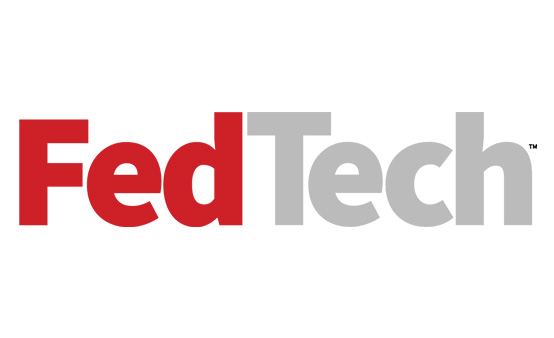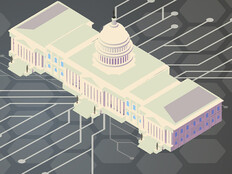Clearing a Path for AI Innovation
The policies aimed at accelerating innovation focus on removing regulatory hindrances to AI development. Some of the expected actions include having various agencies — including the Office of Management and Budget, the Federal Communications Commission and the Federal Trade Commission — take steps within their purview to reduce burdens on AI innovation.
For example, OMB is to work with other agencies that have discretionary funding programs to ensure that, consistent with applicable law, they consider a state’s regulatory climate when making funding decisions and limit funding if that climate hinders its effectiveness.
“IBM applauds the White House for its bold and timely AI Action Plan, which prioritizes open innovation, strengthens U.S. technological leadership and proposes a supportive regulatory environment for AI development and deployment,” said IBM CEO Arvind Krishna. “The plan is a critical step toward harnessing AI for sustained economic growth and national competitiveness.”
Reducing AI Infrastructure Regulations to Improve Occupational Training
The building American AI infrastructure pillar intends to ease AI’s development by overhauling the permitting process for new data centers, semiconductor manufacturing facilities and energy grid infrastructure. Suggested actions include establishing new categorical exclusions under the National Environmental Policy Act to cover data center–related actions that don’t have a significant impact on the environment.
This pillar also offers guidance on preparing the workforce for growing AI infrastructure. The departments of Commerce, Education, Energy, Labor and the National Science Foundation will work with state and local governments to create training programs that address workforce needs tied to AI infrastructure occupations.
Advancing U.S. AI Dominance
The international diplomacy and security pillar prioritizes driving adoption of U.S.-developed AI systems, computing hardware and standards among allies and partners.
This also includes efforts to strengthen AI technology export controls, keeping advanced AI chips out of the hands of U.S. adversaries. Toward that end, Commerce, OSTP and the National Security Council will work to leverage location verification features in advanced AI chips to ensure they are not operating in countries of concern.
“The plan rightly recognizes that beating China demands a comprehensive effort — unleashing infrastructure to fuel model development, removing regulatory frictions that slow development and deployment, and promoting the export of American AI technology,” Omaar said. “These steps put the United States on a path not only to benefit from AI today, but to remain the global leader in the future.”
Click the banner below for the latest federal IT and cybersecurity insights.
AI for the American People?
While the AI Action Plan seeks to shift the government’s approach in a business-friendly direction that eschews regulatory hindrances to advancing AI innovation, it clashes with the concerns of most U.S. voters.
About 80% of voters prefer a regulatory approach that mandates safety measures for the most advanced AI models, and government certification of new models released to the public, according to an Artificial Intelligence Policy Institute survey conducted in early June. These findings are more in line with the Biden administration’s now-rescinded policy guidelines.
How well the AI Action Plan meets the needs of citizens will ultimately decide its success.
“Whether these efforts scale and deliver results will determine whether the plan fulfills its dual promise: AI for the American people — and American AI for global leadership,” Omaar said.














